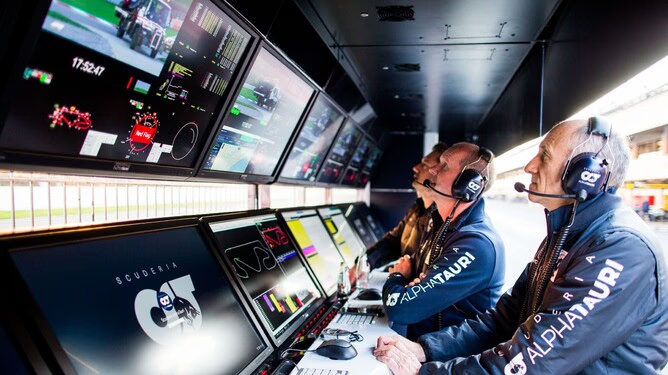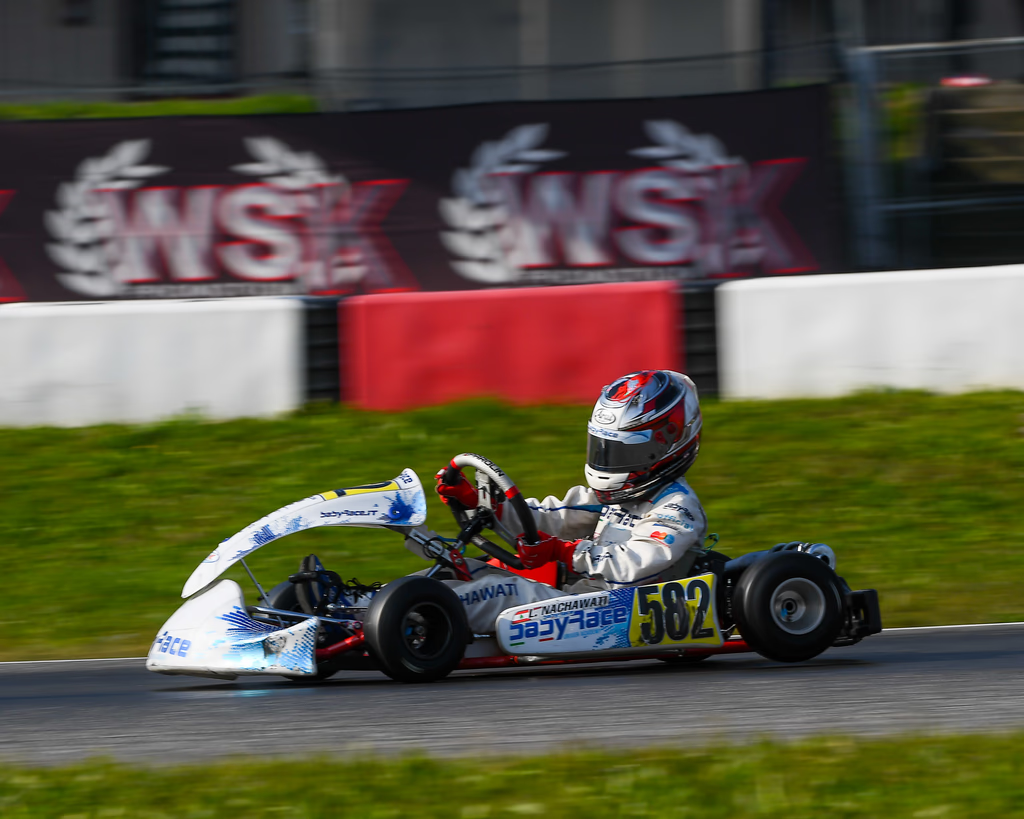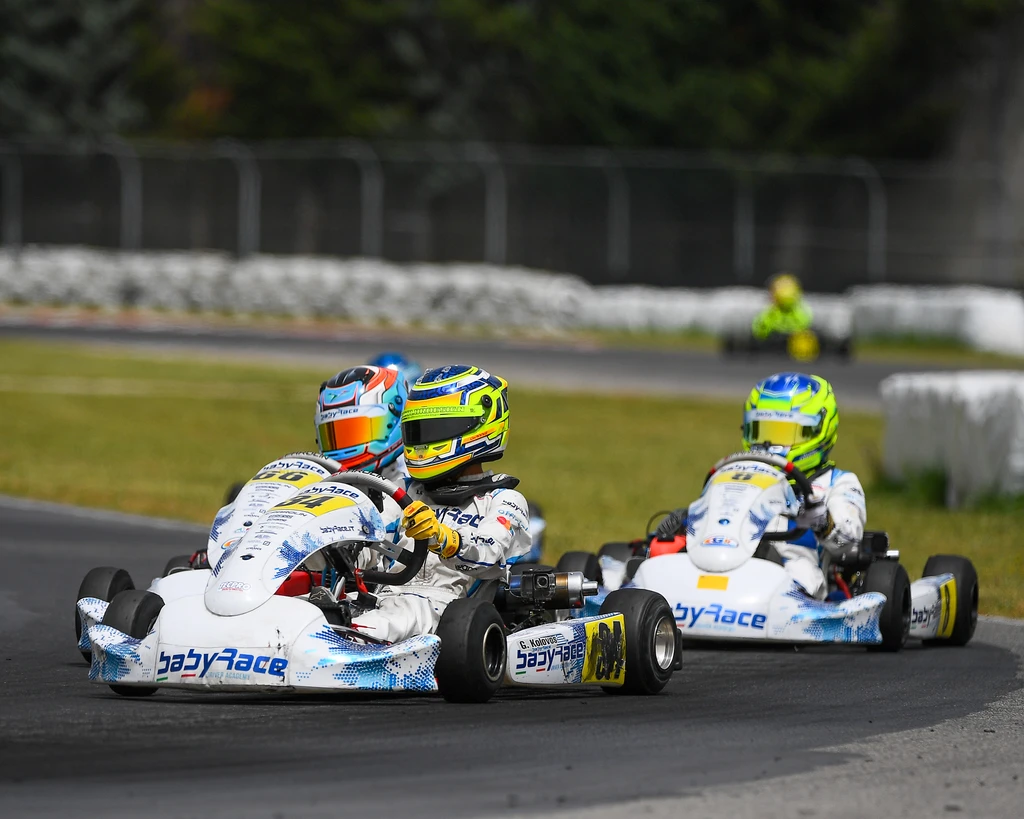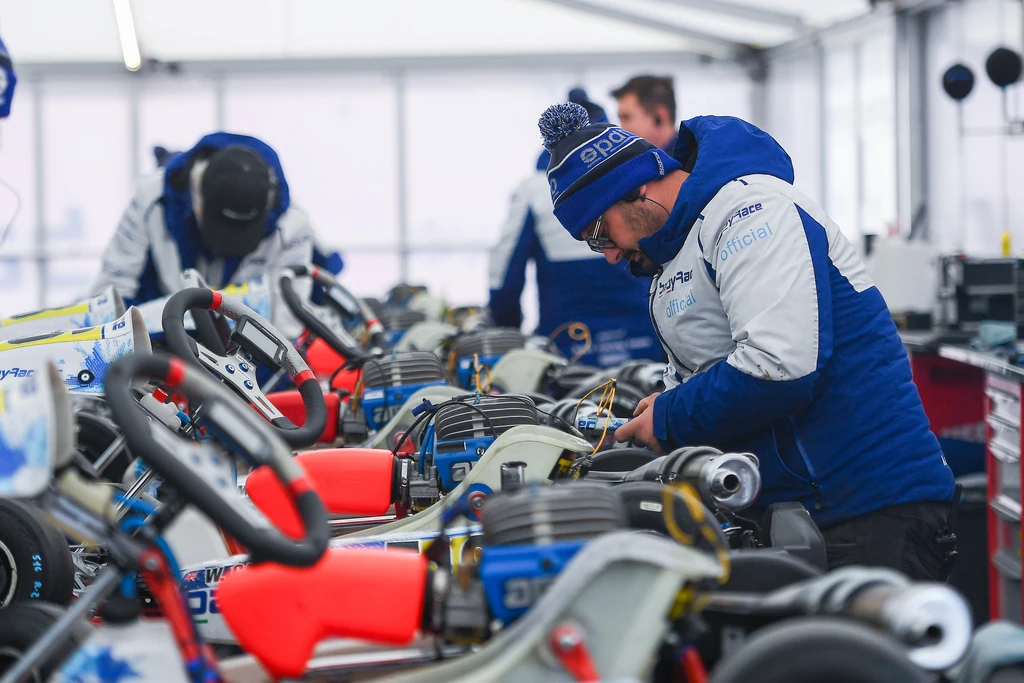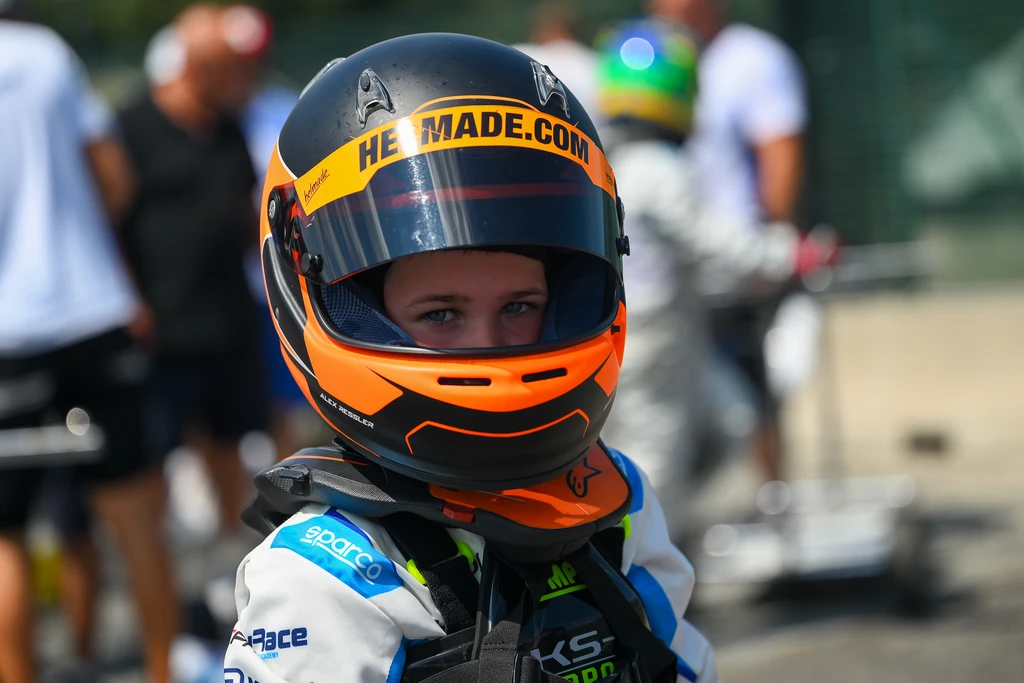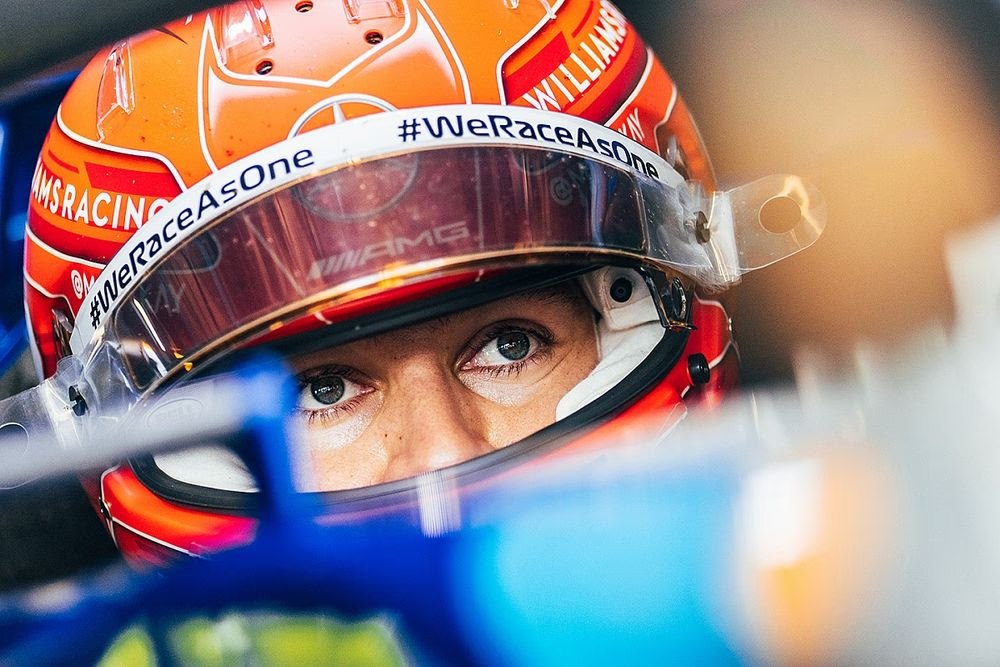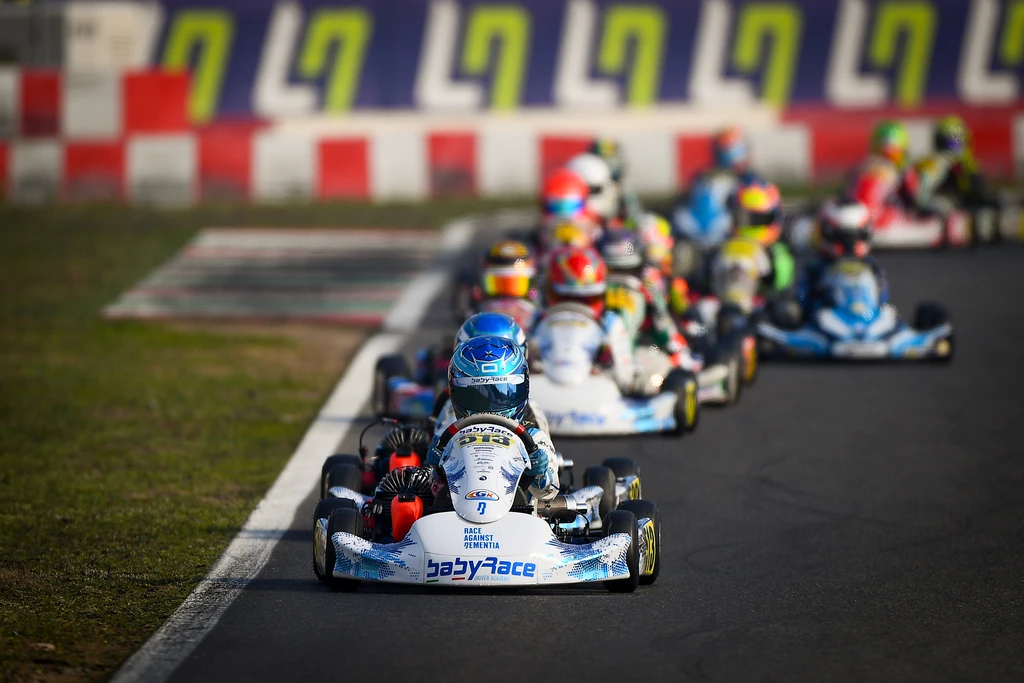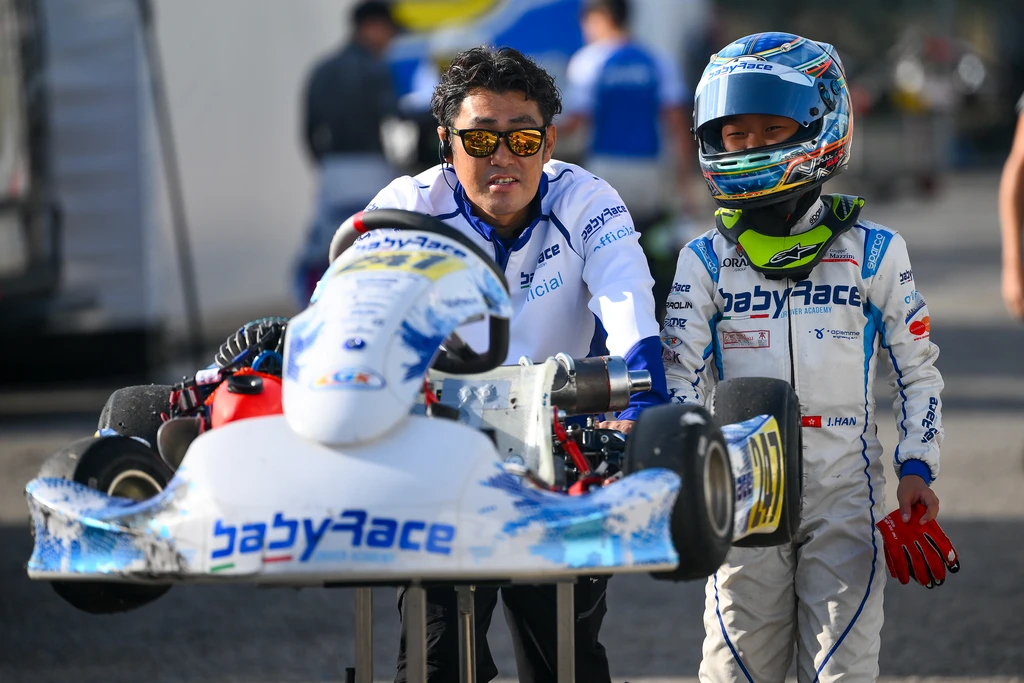
The Lesson That Changed Everything
There’s a sentence that completely changed the way I approach racing, and life:
“Control what you can control.”
It sounds simple, but the day it truly clicked for me was in 2017, during a GP3 weekend in Budapest.
I was racing for Jenzer Motorsport, a solid team but not one of the top ones like ART or Trident. Despite that, the season started strong with a double podium in Barcelona, second in the championship, just behind Nirei Fukuzumi and ahead of George Russell.
I thought: “Okay, we can actually fight for this title.”
Then, suddenly, things started to slip.
A few races later, the performance wasn’t there anymore. I was frustrated, not just because of results, but because I felt powerless.
The car didn’t have the pace. The setup wasn’t perfect. And I was overthinking everything.
The Mental Coach That Opened My Eyes
That weekend in Hungary, the team brought in a mental coach. Not a racing coach, a sports psychologist who’d worked with world-class skiers.
He noticed how tense and analytical I was, always trying to control every variable.
He said something I’ll never forget:
“Alessio, you think too much about things you can’t control — whether the engine will be fast, whether someone crashes into you, or if the setup will be perfect. These thoughts drain you. Focus on what you can actually influence.”
That hit me hard.
It was so true. I’d built my entire mindset around trying to control everything: the setup, the weather, even bad luck.
But in racing (and in life), there’s so much that’s simply out of your hands.
The Turning Point
That weekend, I started changing my approach.
I stopped worrying about what the car could be and started focusing on what I could do behind the wheel.
I told myself:
“Just drive. One corner at a time. Lap by lap. Give everything you’ve got.”
The result?
I went from P8 or so in qualifying to P4 in the feature race, at a track like Hungaroring, where overtaking is notoriously hard.
It wasn’t a podium, but it felt like one. Because I finally raced free of frustration and overthinking.
What “Control What You Can Control” Really Means
This mindset applies everywhere, but especially in racing.
Let’s break it down.
1. You Can’t Control the Car, But You Can Control Feedback
You can’t change how fast the engine runs or how the chassis reacts, that’s the mechanics’ and engineers’ job.
But you can control how precisely you communicate.
If the kart understeers, say it clearly.
Don’t go into quali saying “everything’s fine” and then blame the setup.
The best drivers are the best communicators.
2. You Can’t Control the Competition
If another driver crashes into you or gets lucky with slipstream, that’s out of your hands.
Don’t waste mental energy blaming others.
Use that energy to plan your next move, your next race, your next improvement.
3. You Can’t Control Luck, But You Can “Make” Yourself Lucky
Punchers, debris, mechanical failures, they happen.
In that same Budapest race, I got a puncture from debris on Lap 2 of the sprint race. Nothing I could’ve done.
Sure, it was frustrating. But instead of sulking, I told myself: “That’s racing.”
The key is to prepare everything else so that when luck does swing your way, you’re ready to capitalize.
4. You Can Control Effort and Discipline
Training, diet, sleep, visualization, studying data, these are all within your control. Aren’t they?
That’s what separates pros from amateurs.
Most people focus on what’s wrong. Winners focus on what they can do.
Why This Applies So Strongly in Karting
In karting, you actually have a lot more influence than in cars.
You can feel every change. You can adjust setup decisions directly: seat position, caster, tire pressures, carburation, sprocket choice, everything.
If something feels off, speak up! Work with your mechanic. Fine-tune until it’s right.
That’s your job. That’s within your control.
If you don’t notice a problem and blame the team later, that’s not bad luck, that’s lack of awareness.
And that’s on you.
What Happens When You Stop Overthinking
Once you master this mindset, everything changes:
- You stop burning energy on useless worries.
- You react faster and calmer under pressure.
- You drive better, because your mind is clear.
- You build real confidence, not fragile confidence based on luck.
You stop being a victim of “what if.”
You start being a professional, even if you’re 12 years old in a kart.
My Takeaway From That Season
That one sentence: control what you can control, stayed with me ever since.
It’s been nearly a decade, and I still repeat it to myself and my drivers every weekend.
When someone crashes into you, let it go.
When the weather changes suddenly, adapt.
When the setup isn’t perfect, drive around it.
Because in the end, mental energy is limited.
If you spend it on things you can’t influence, you’ll have none left for the things that actually matter.
Final Thoughts
In racing, there’s always chaos. There’s always luck. There’s always something unfair.
But champions don’t waste time fighting what’s out of their control: they master what’s in their hands.
Your focus, your preparation, your feedback, your mindset.
That’s how you take back power, not just in karting, but in life.
So next time you’re frustrated on track, ask yourself one question:
“Is this within my control?”
If not — let it go.
And get back to work.

